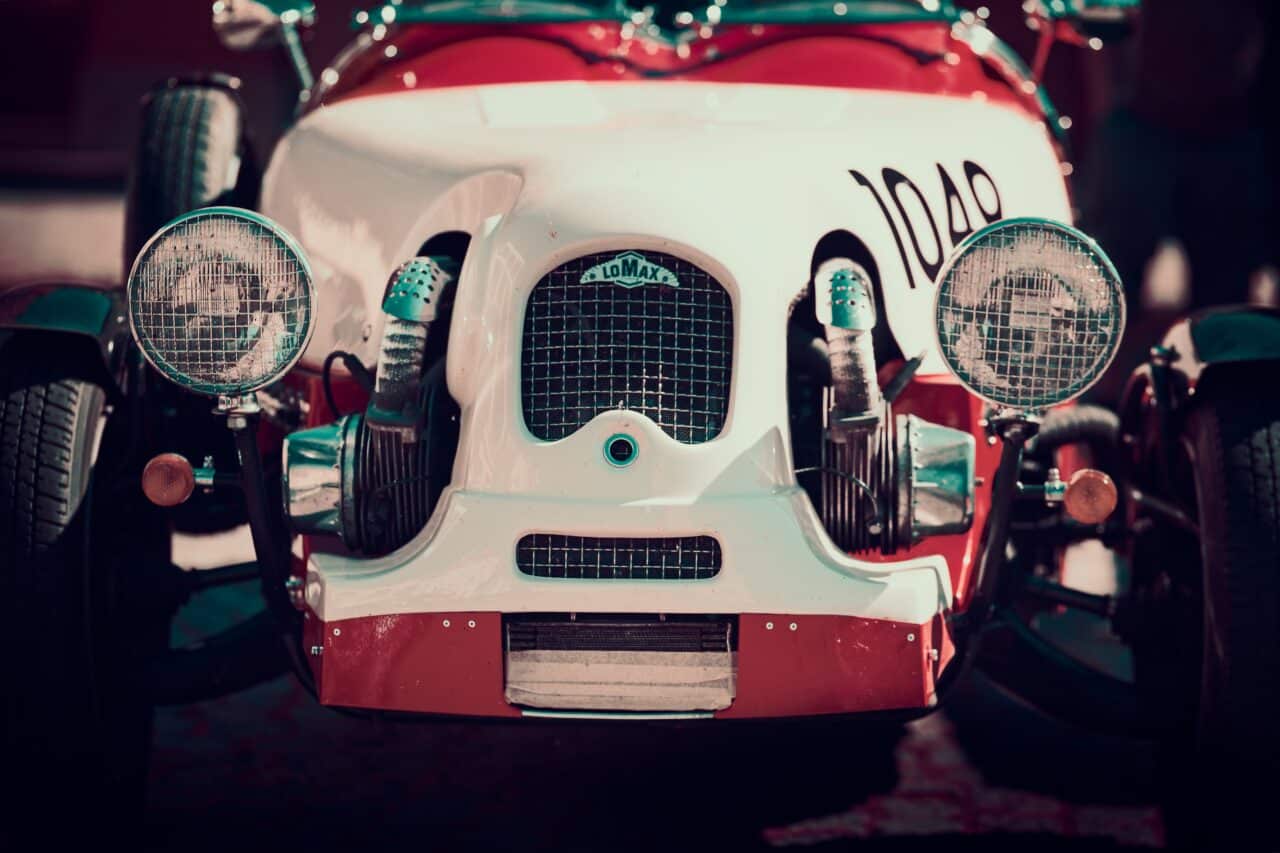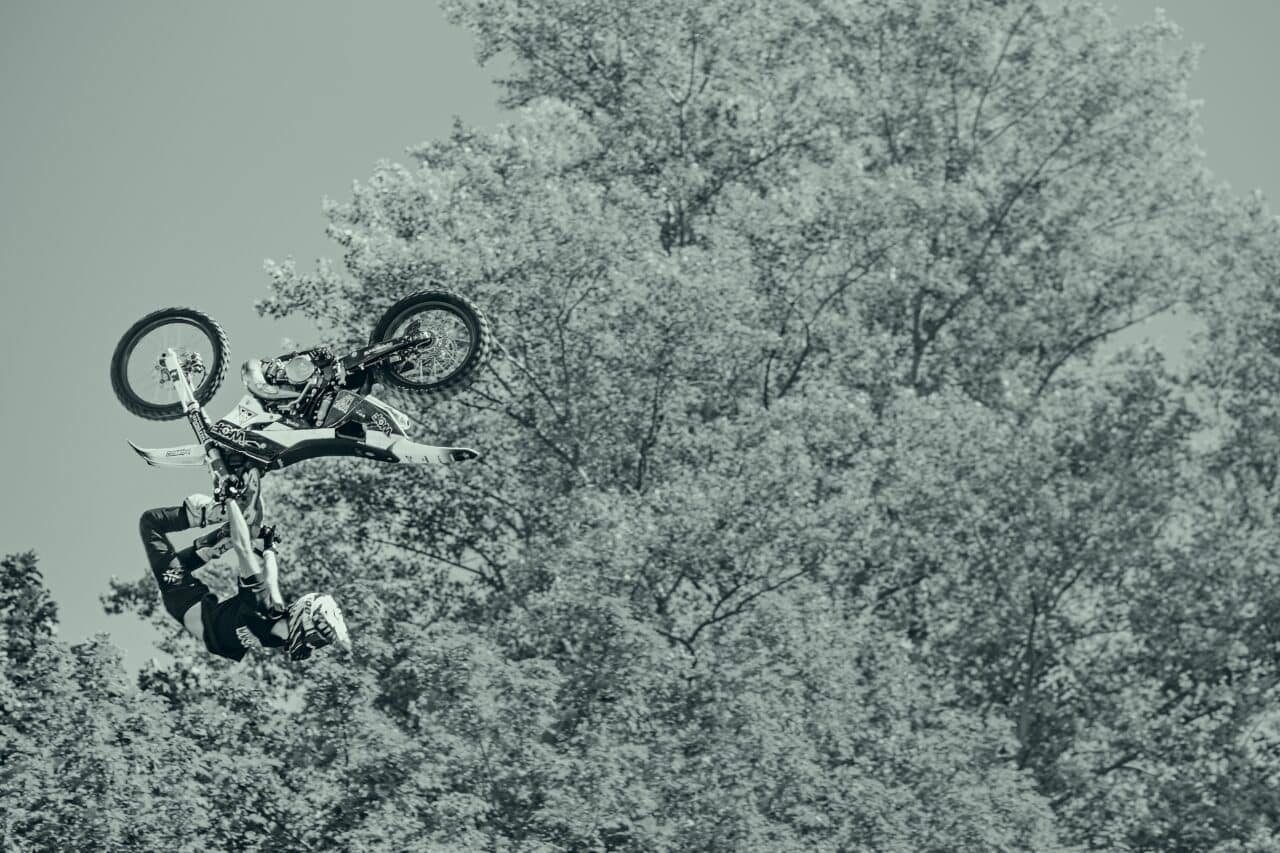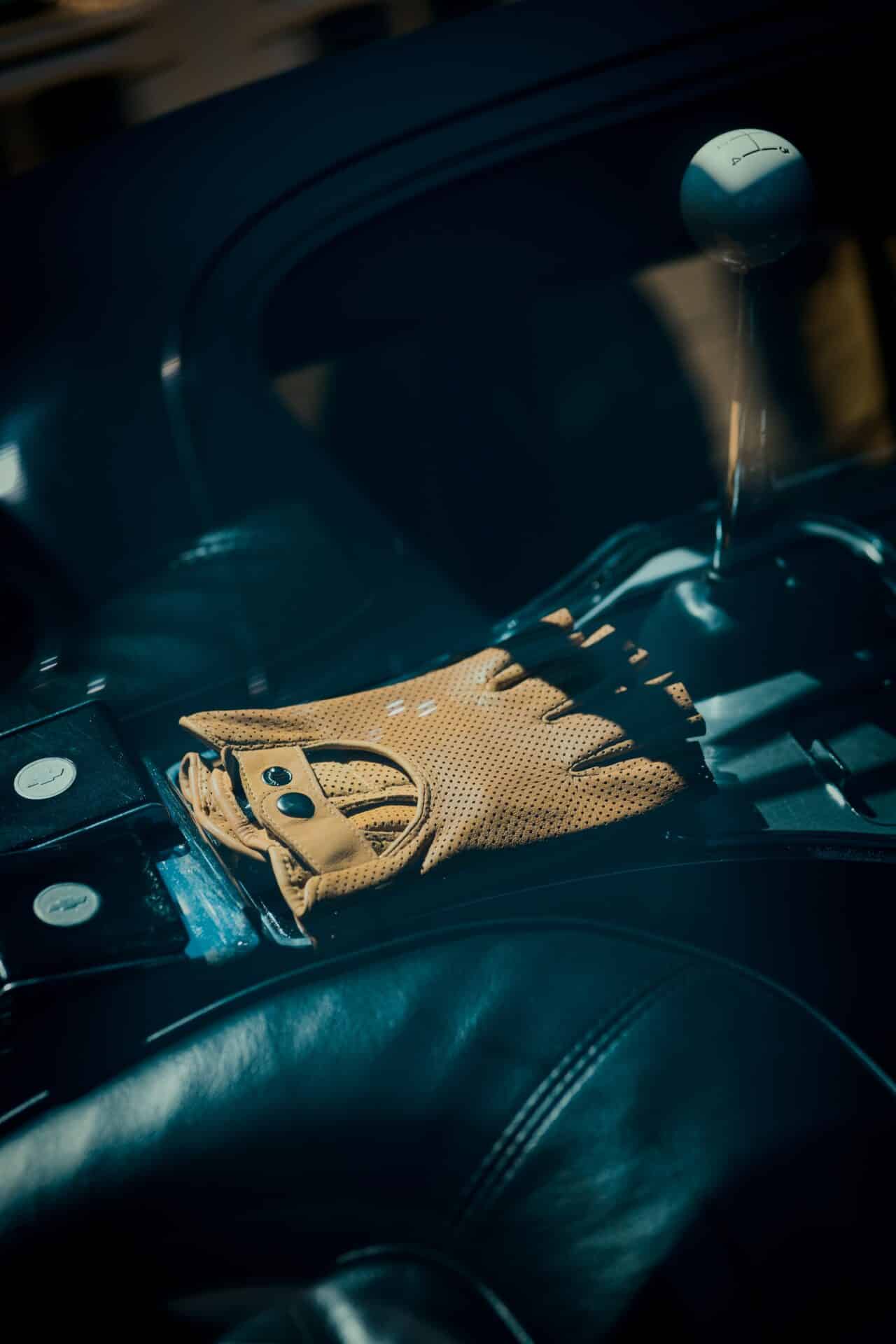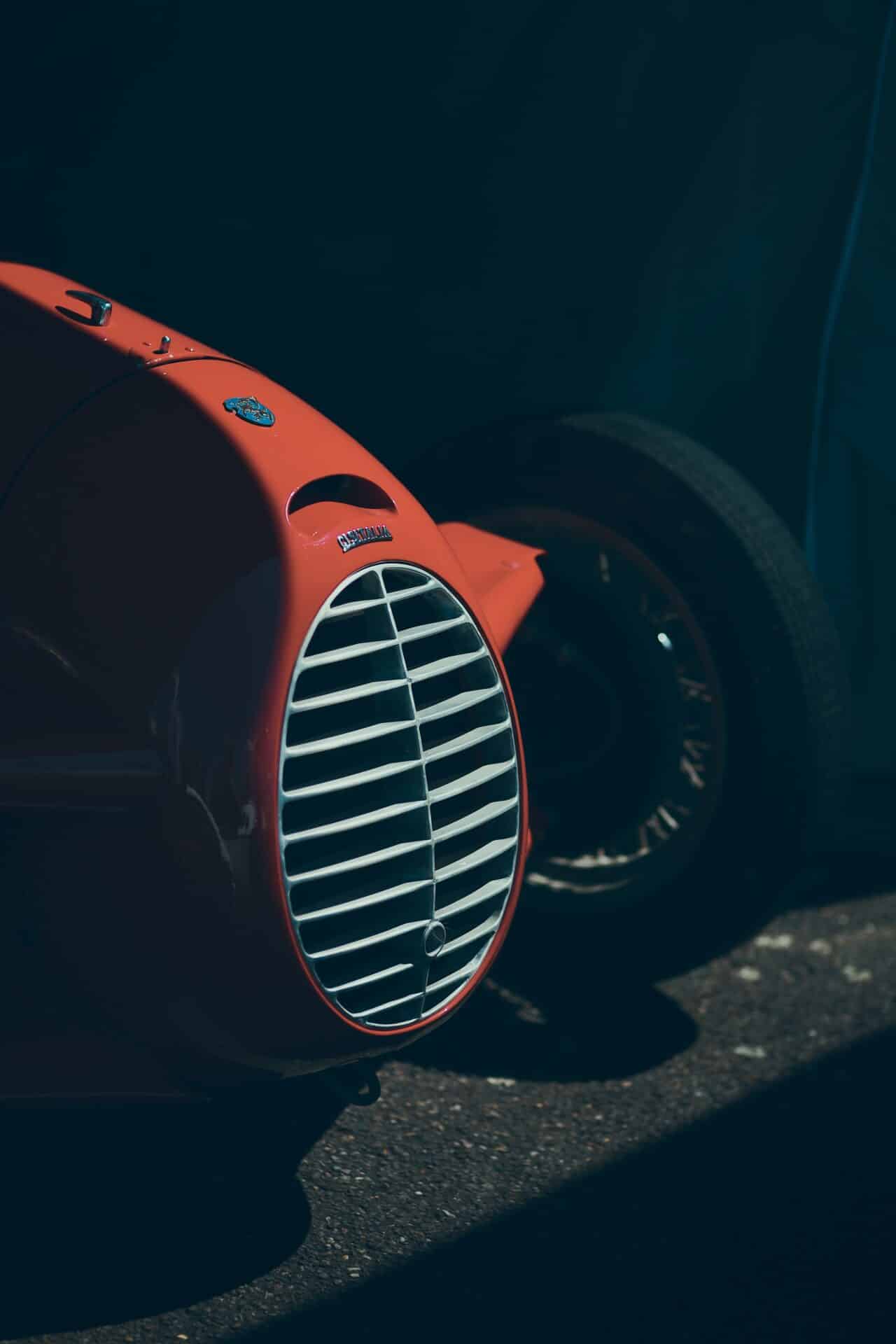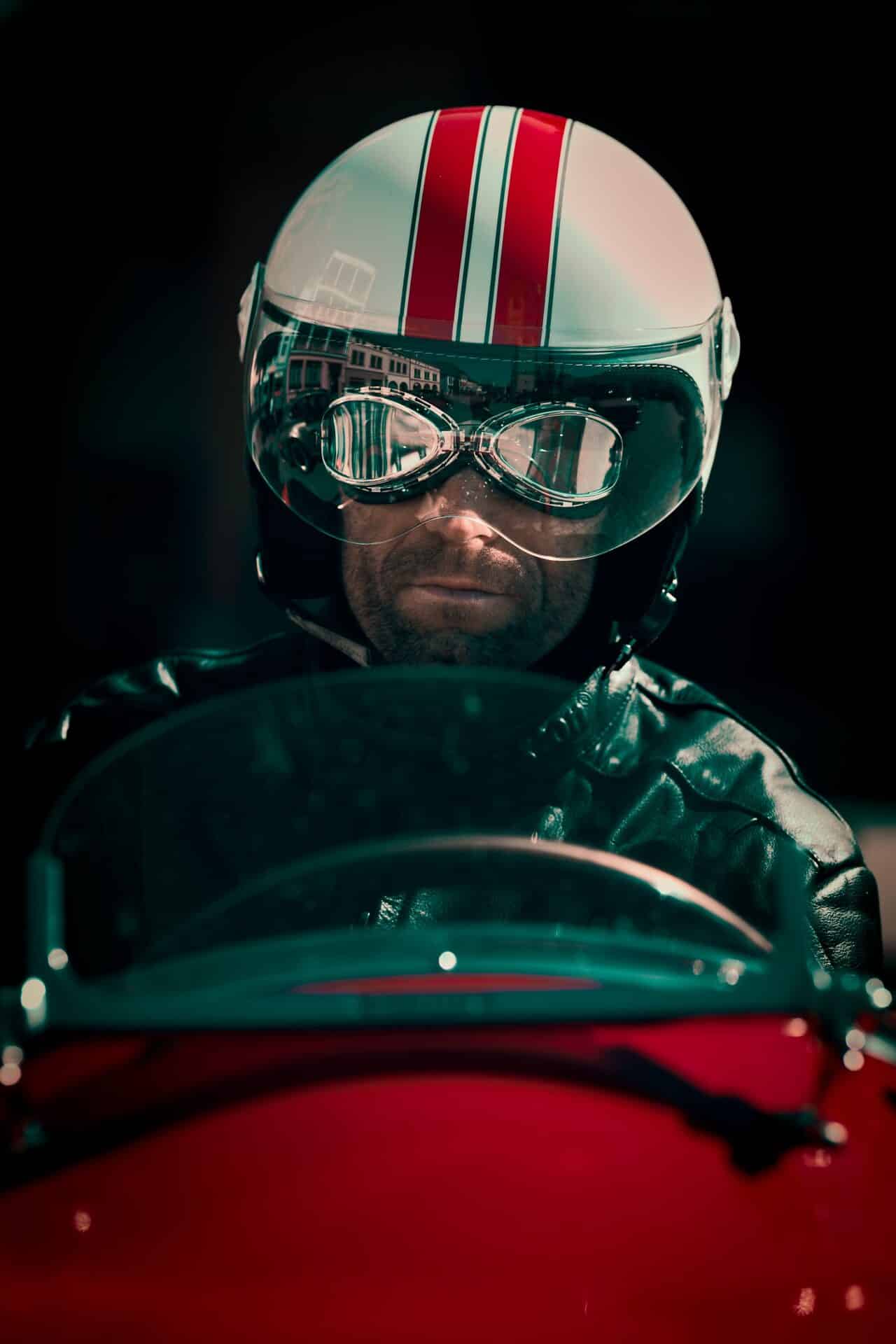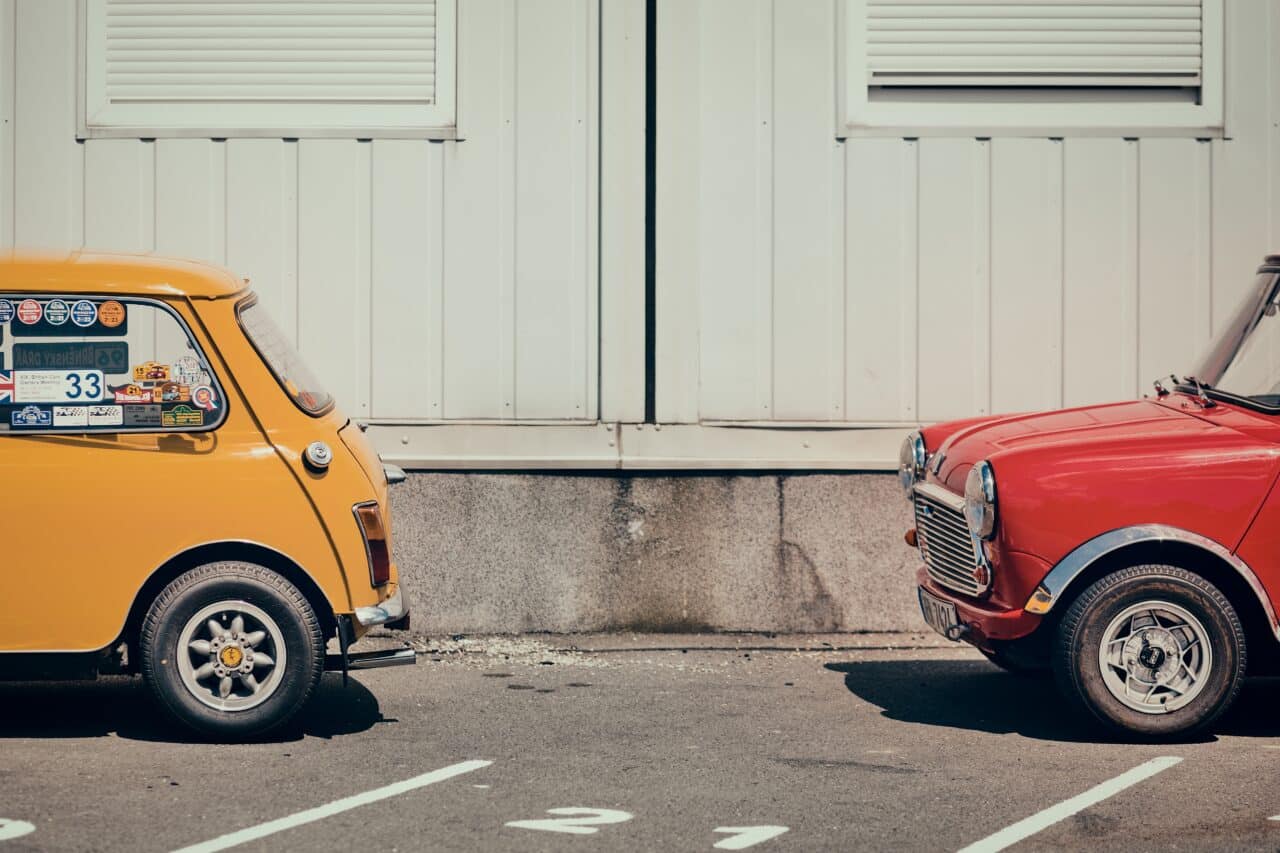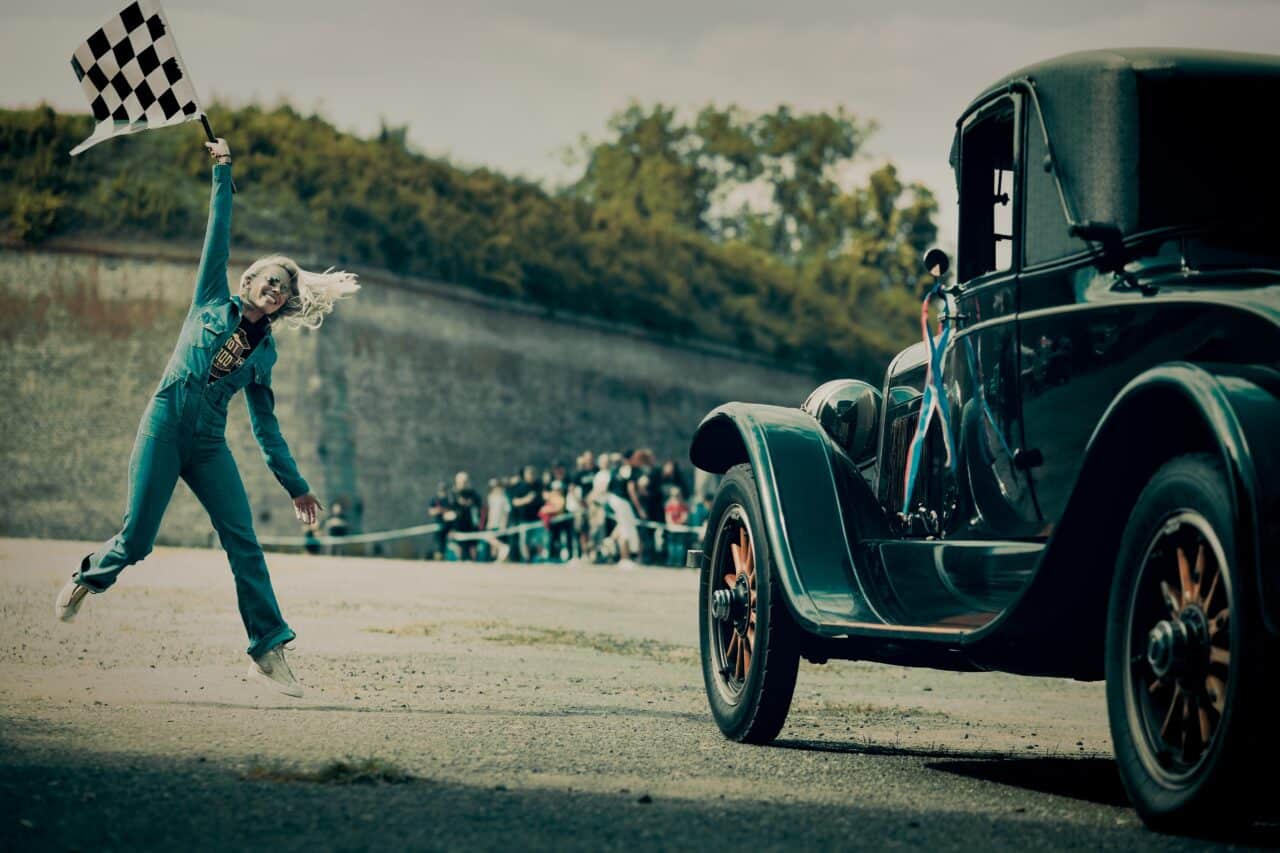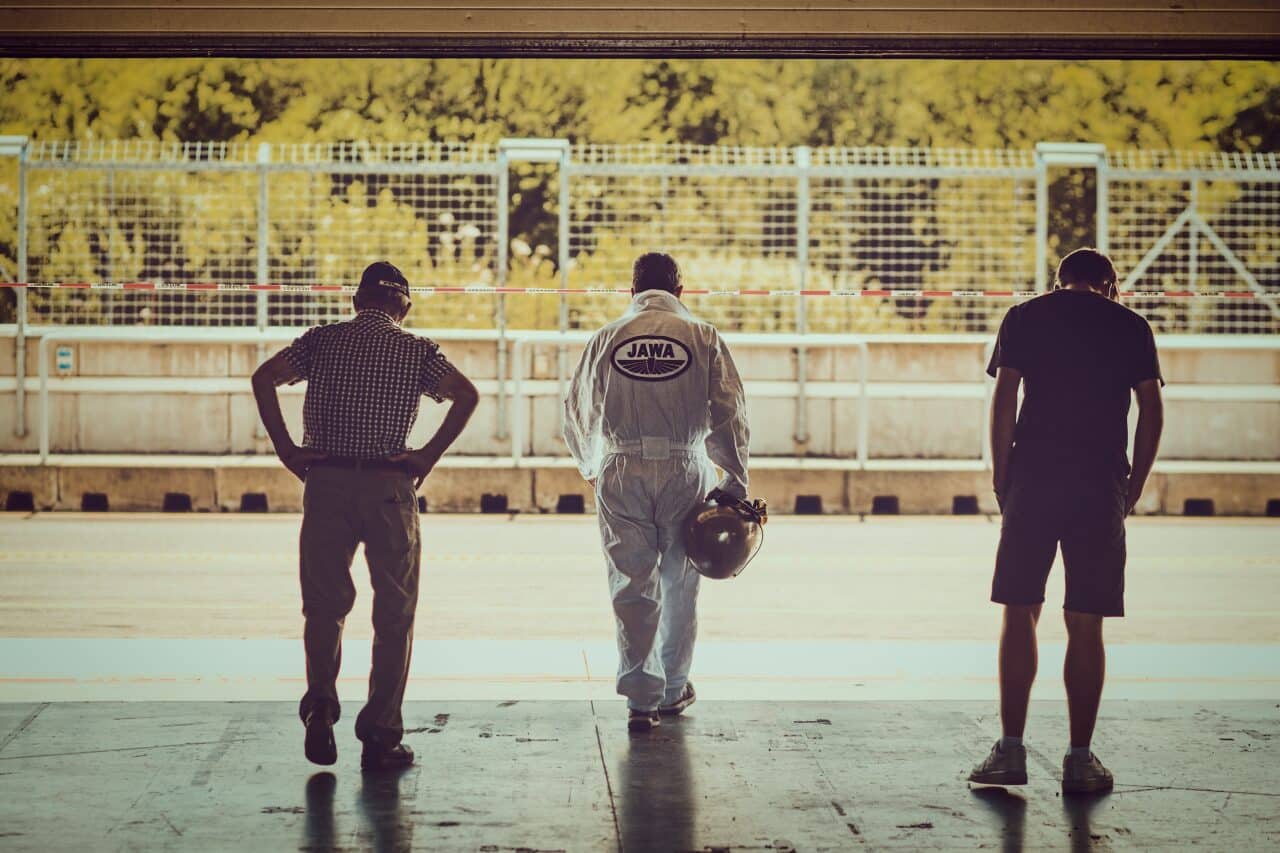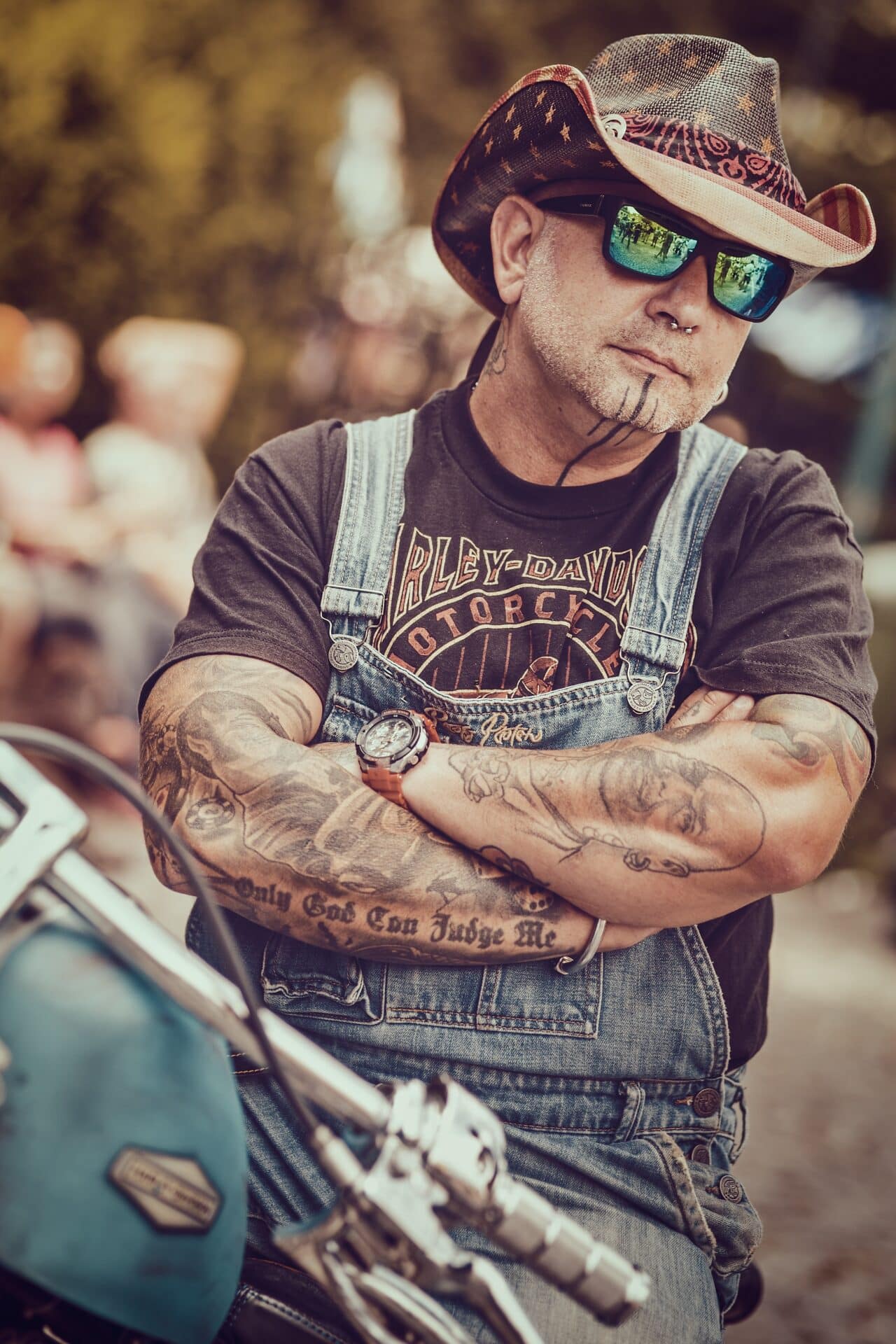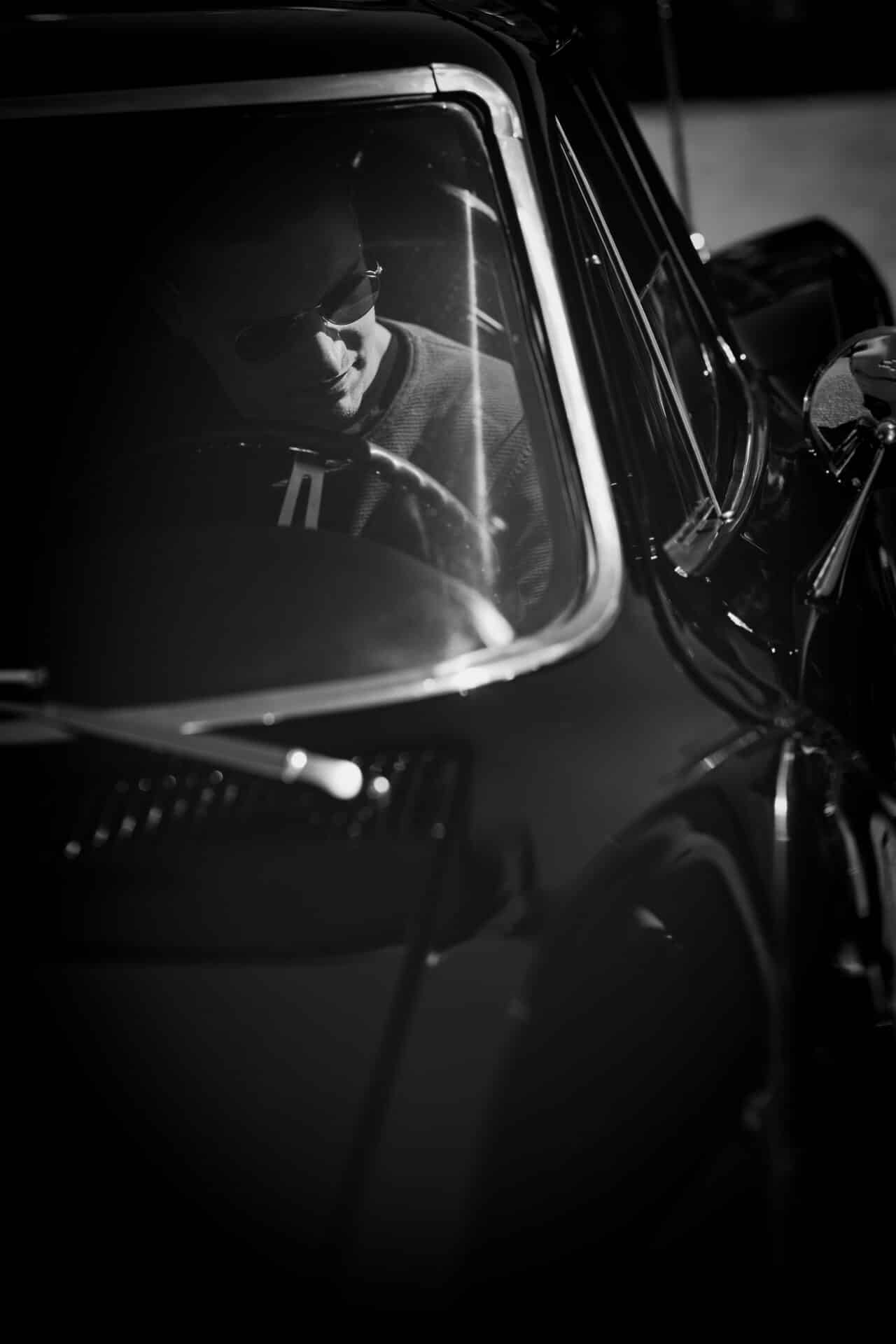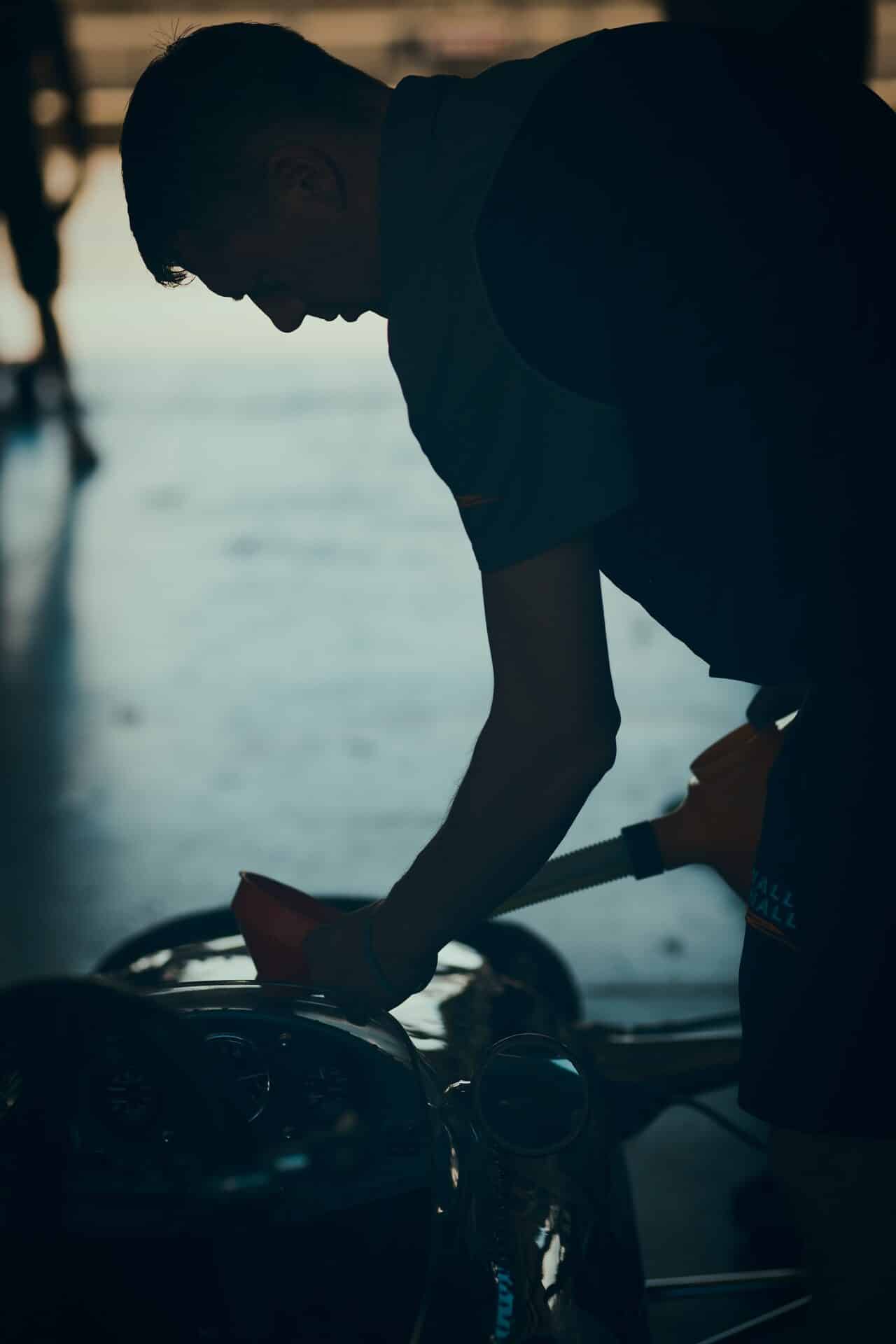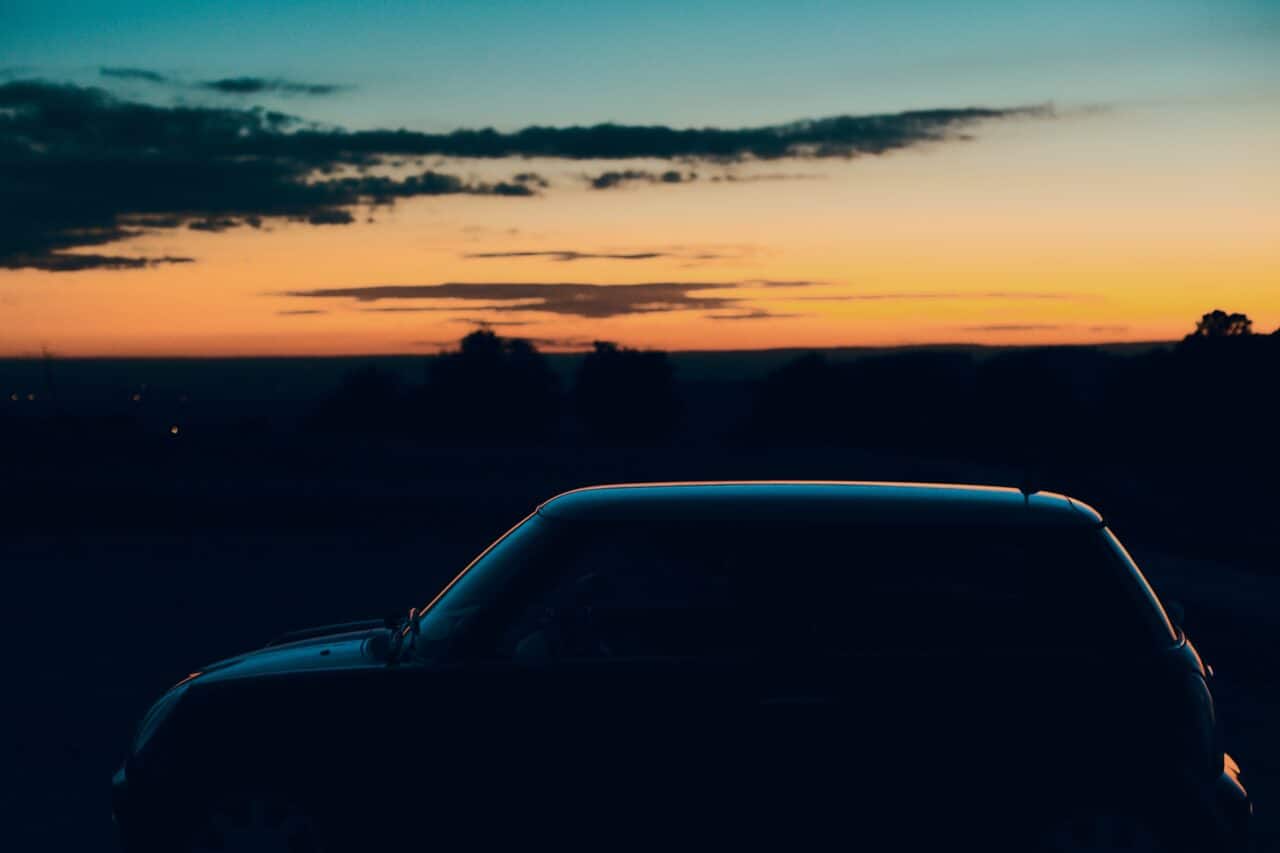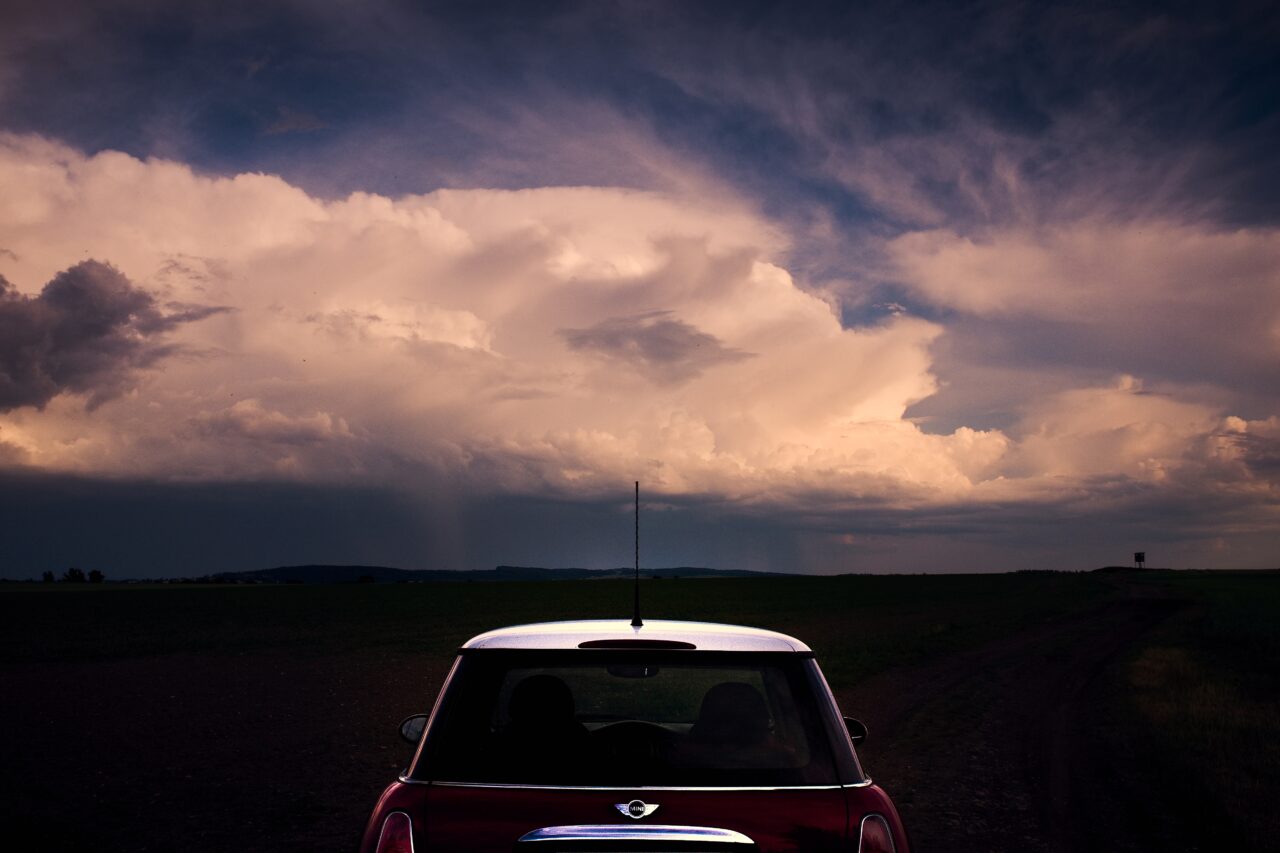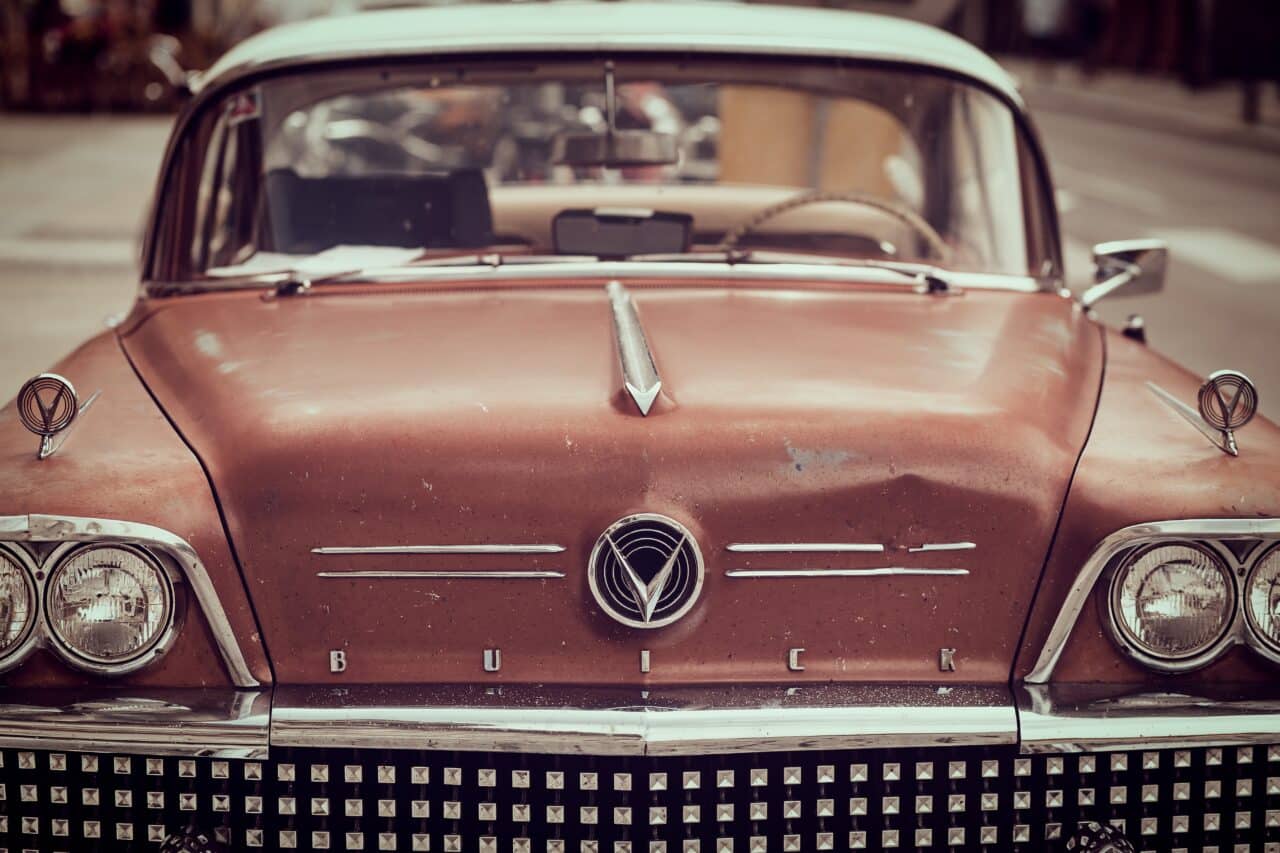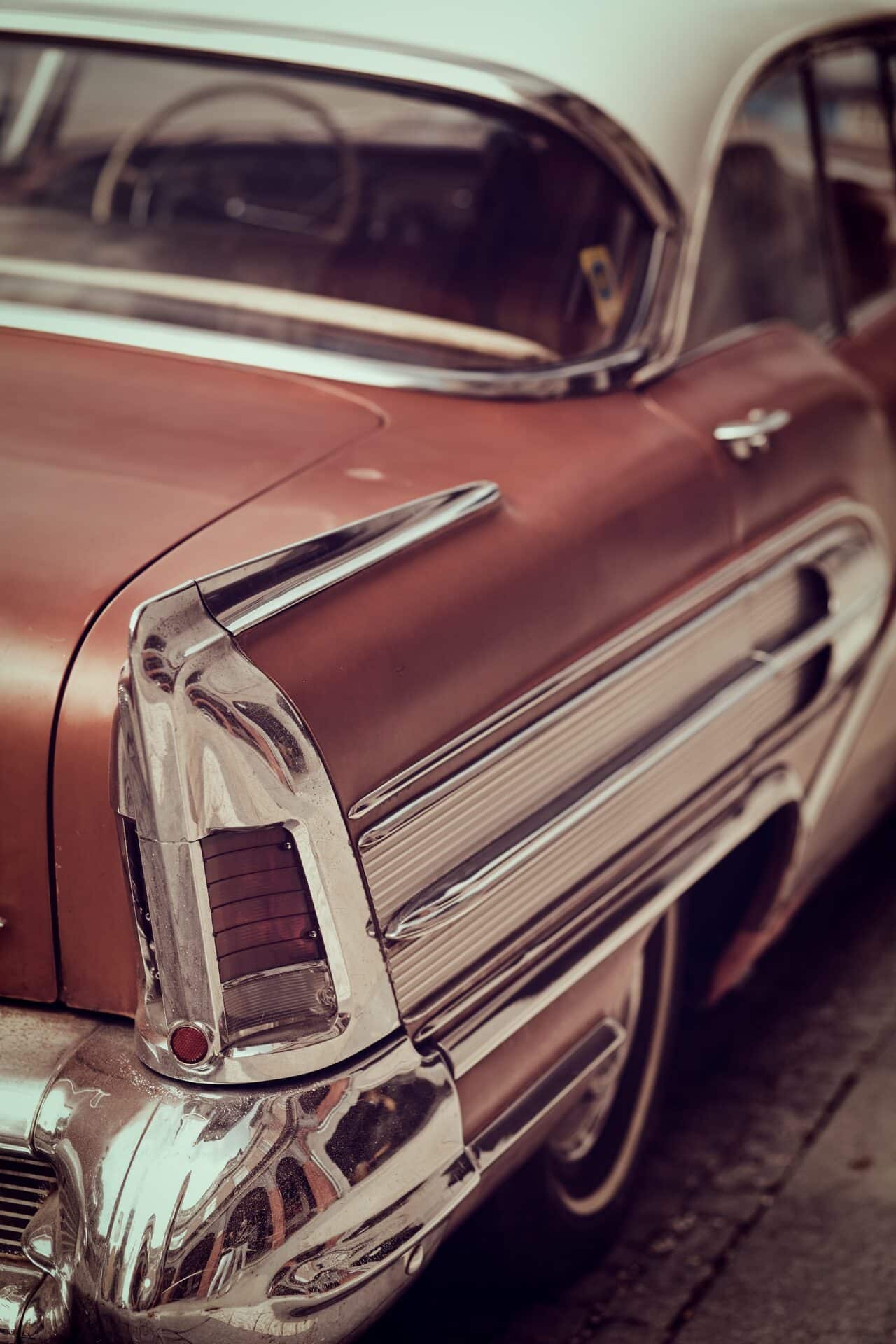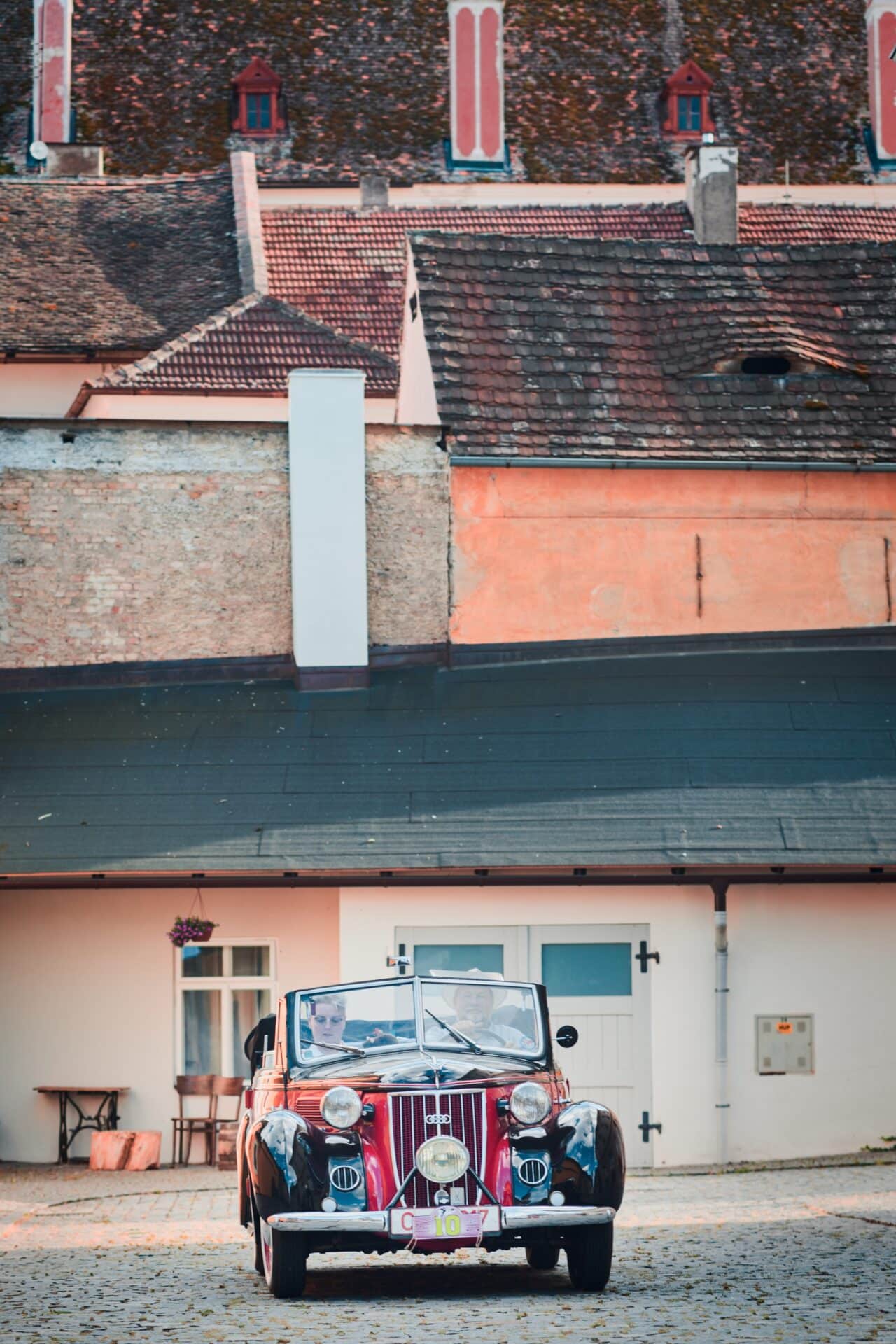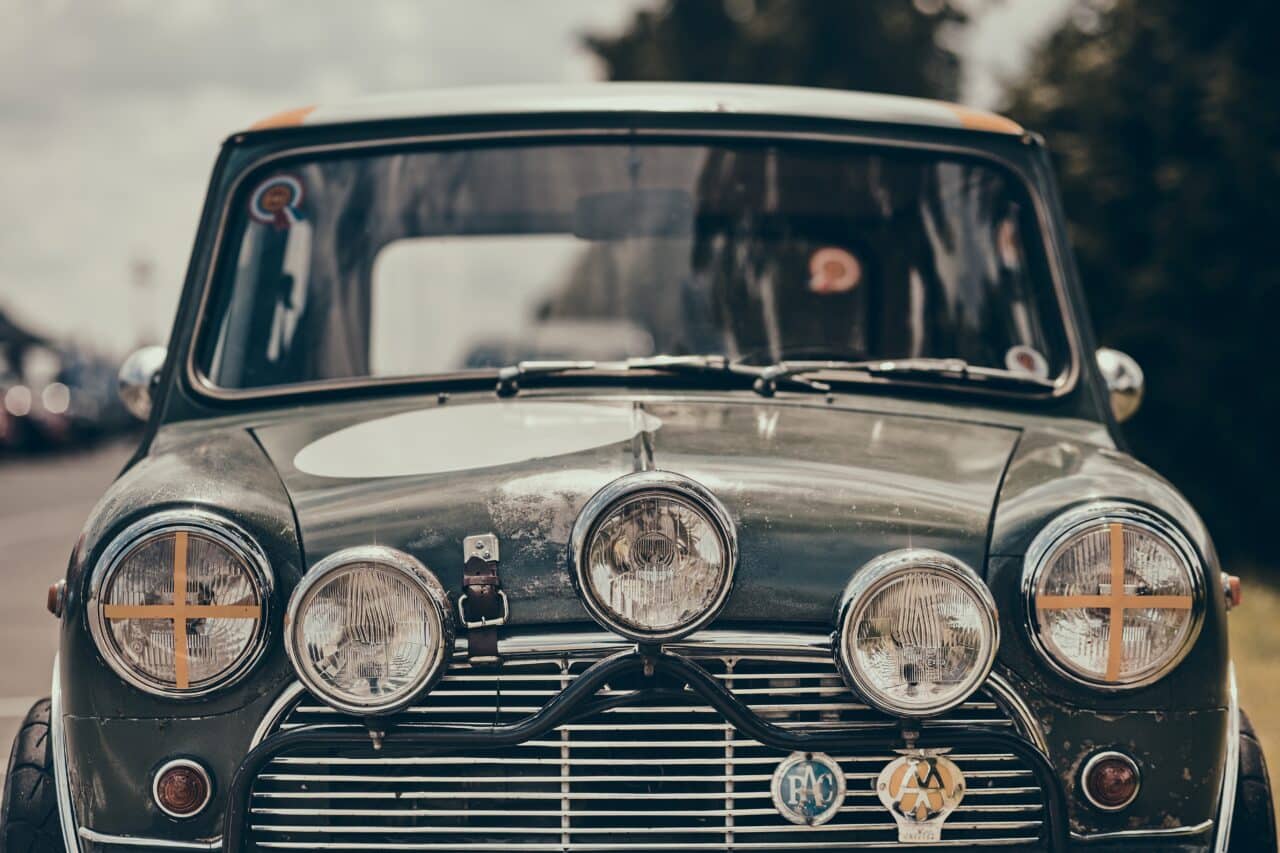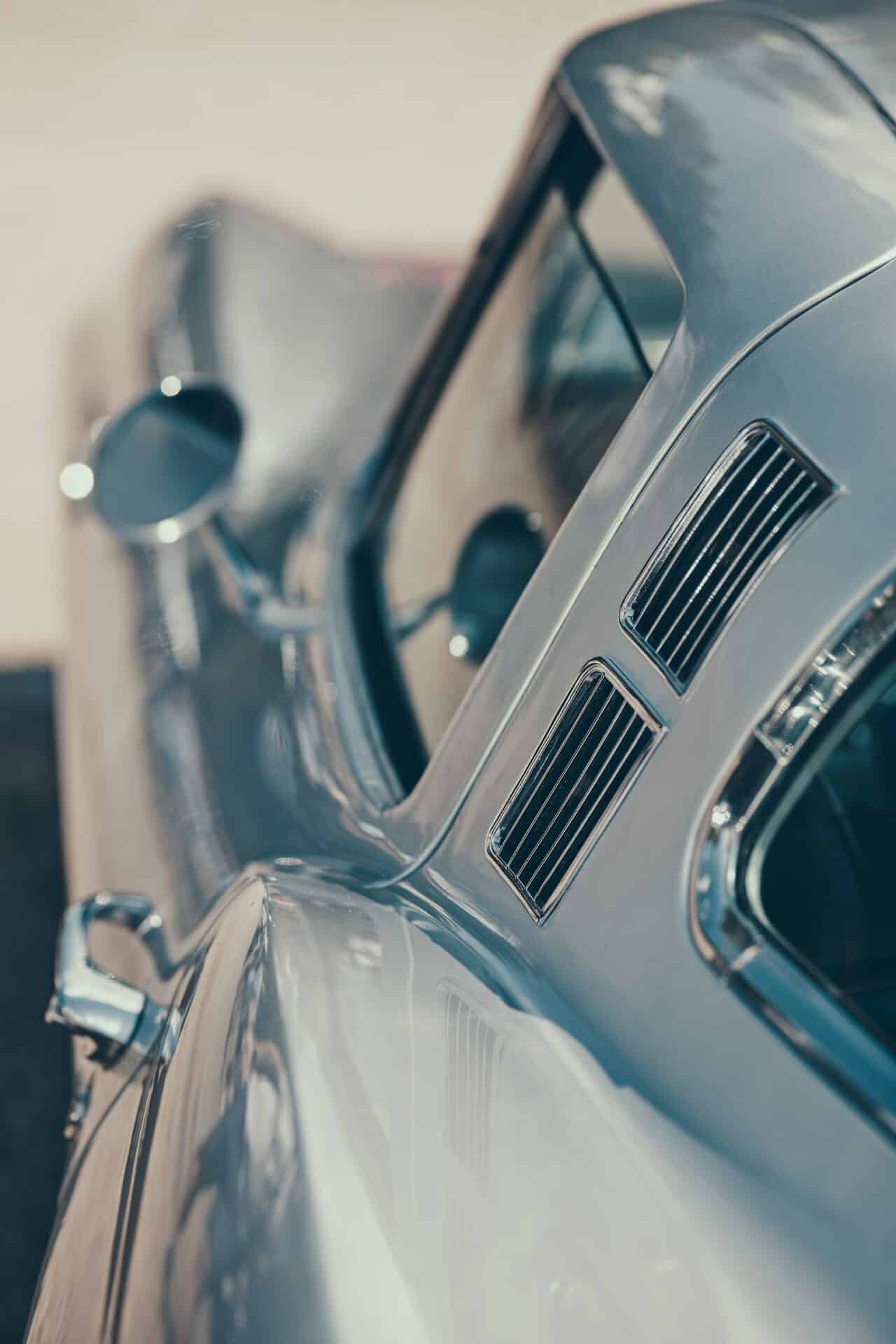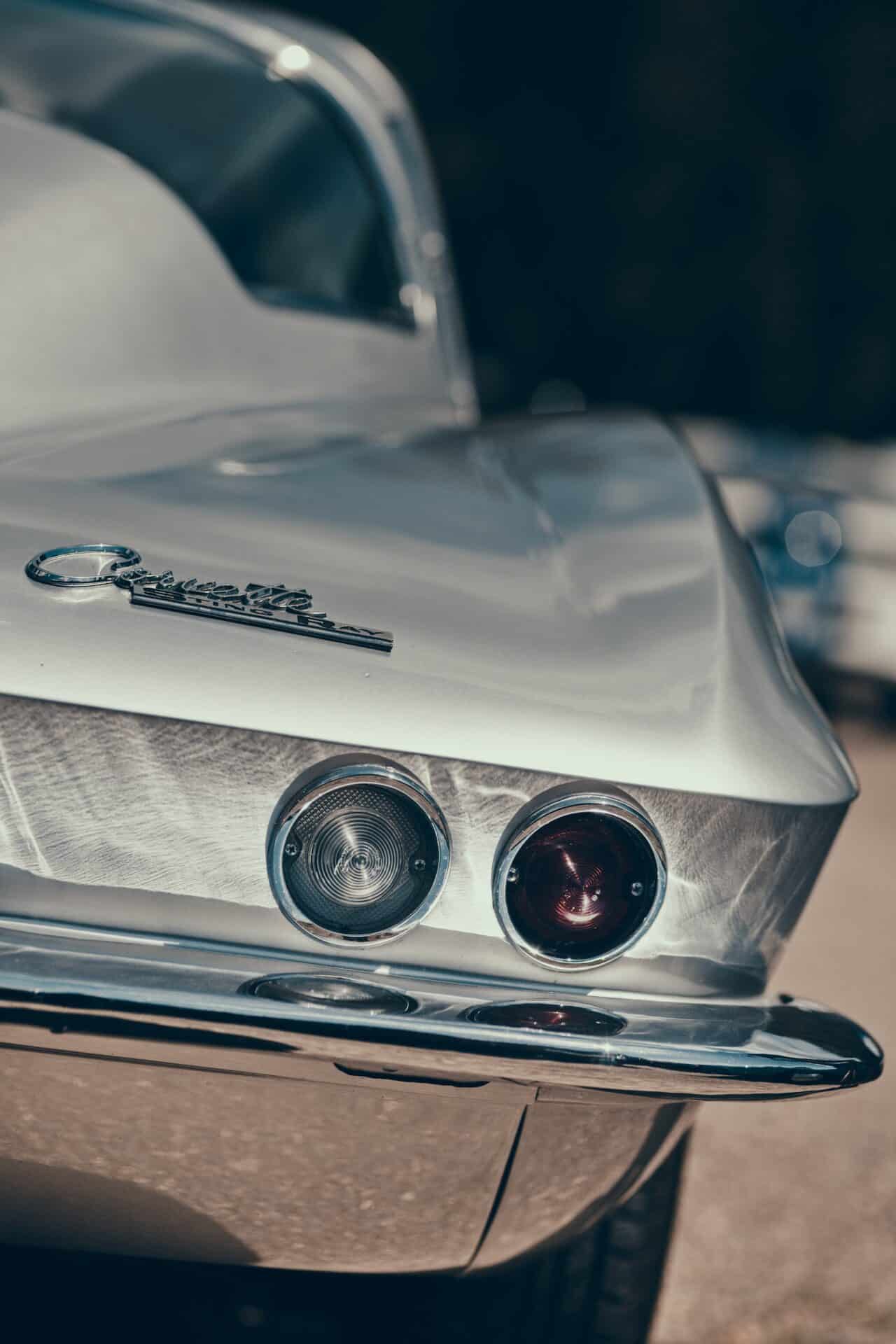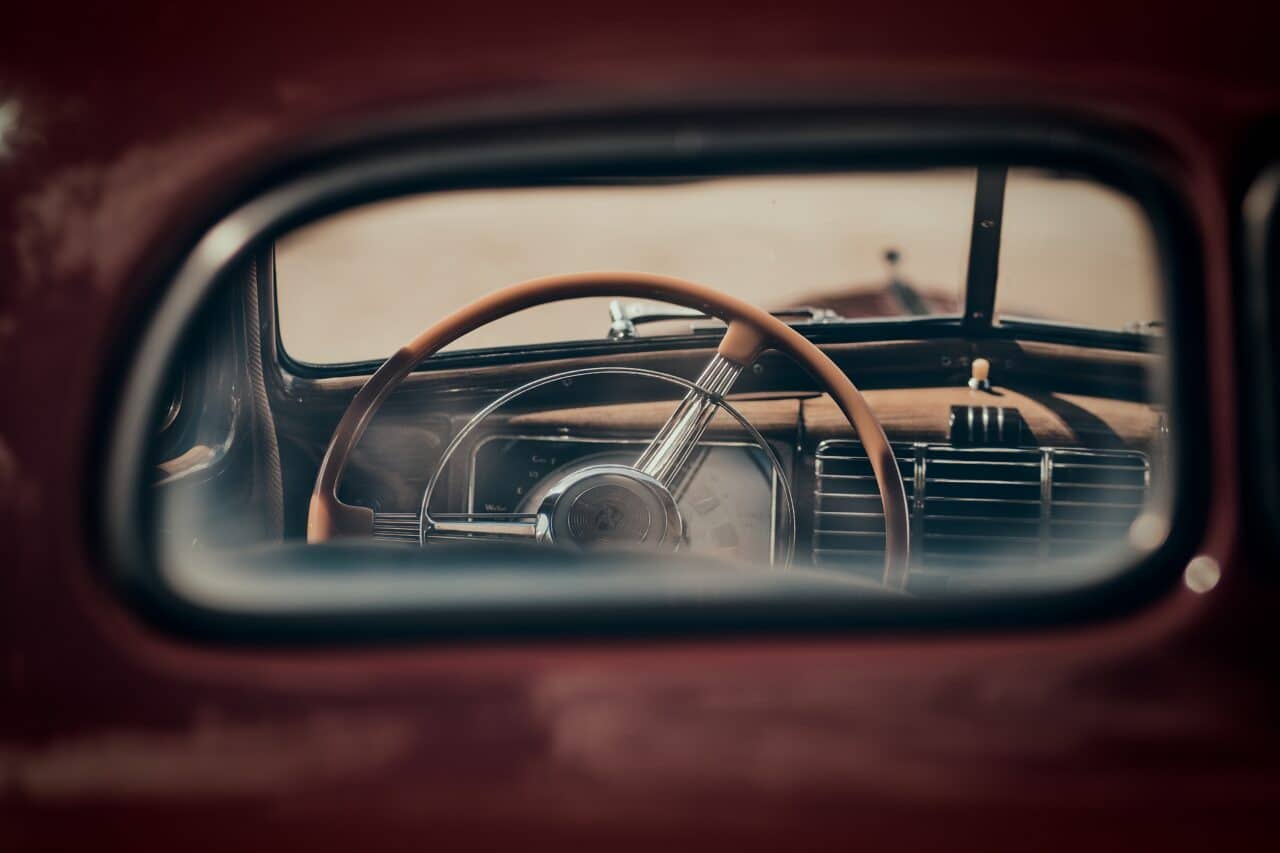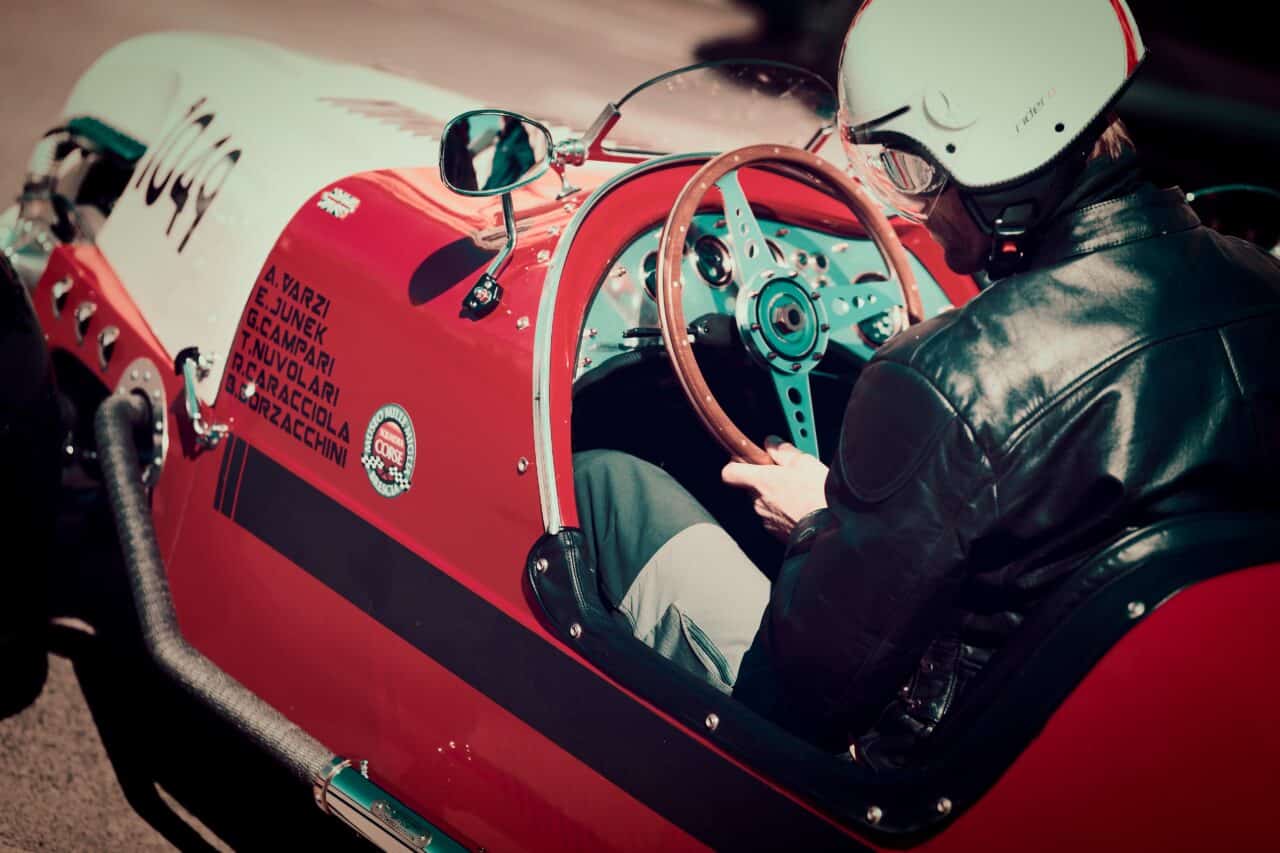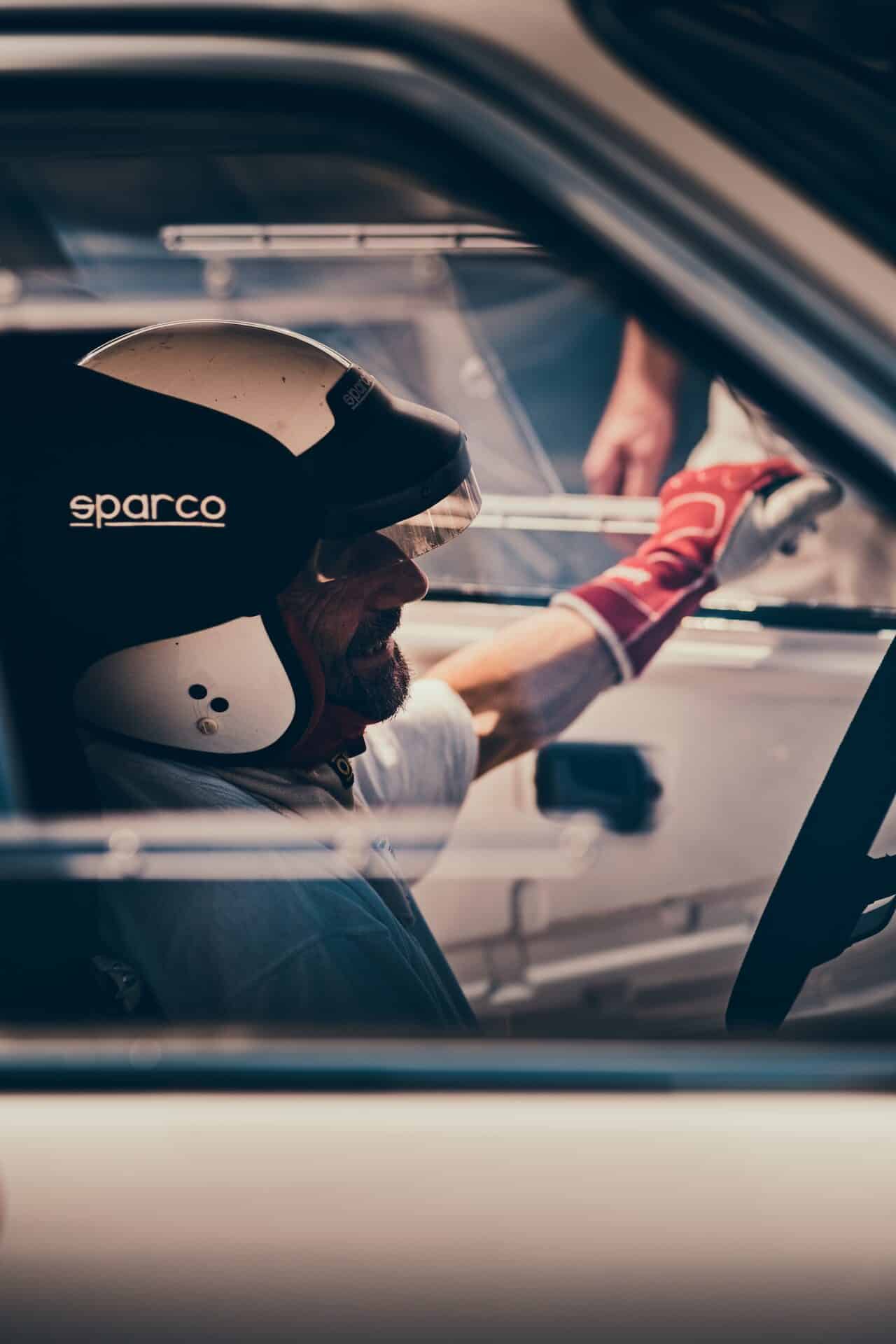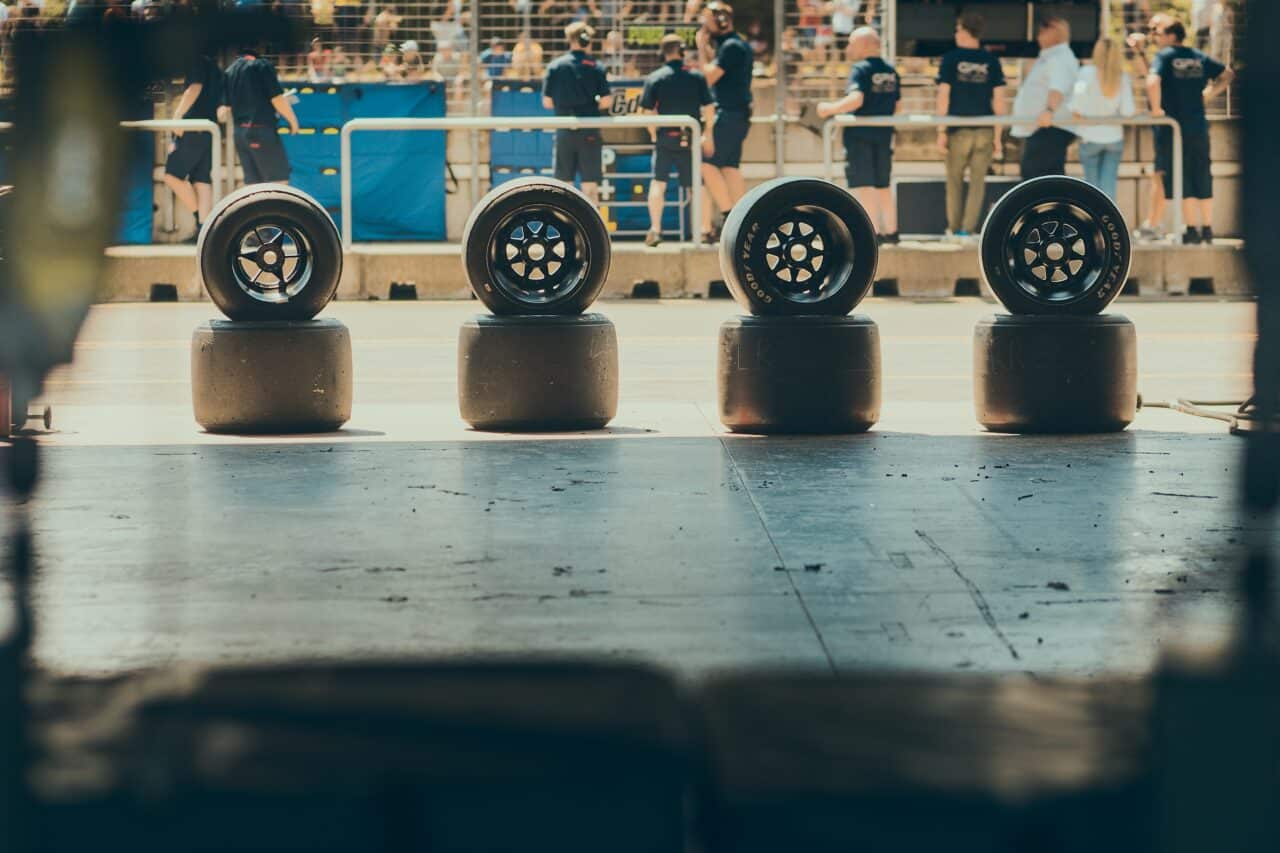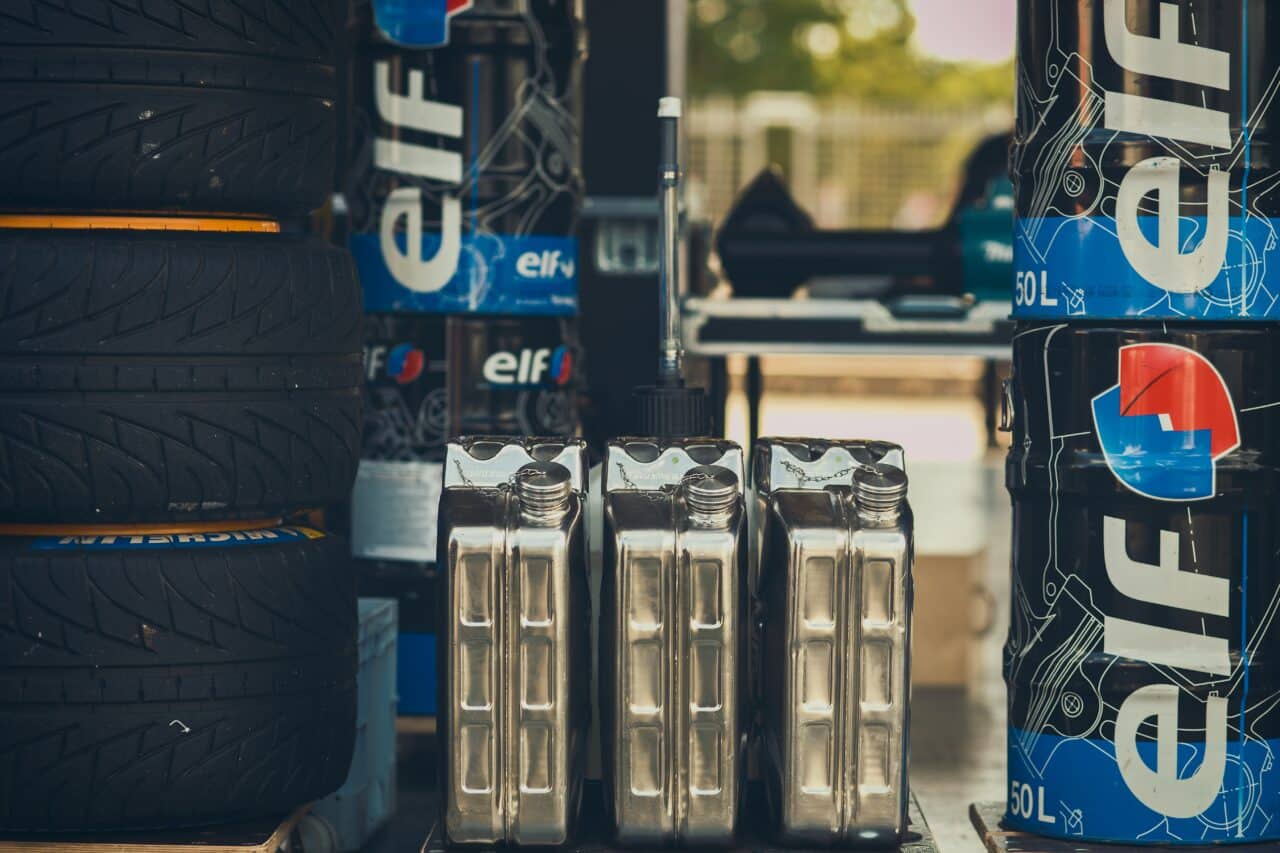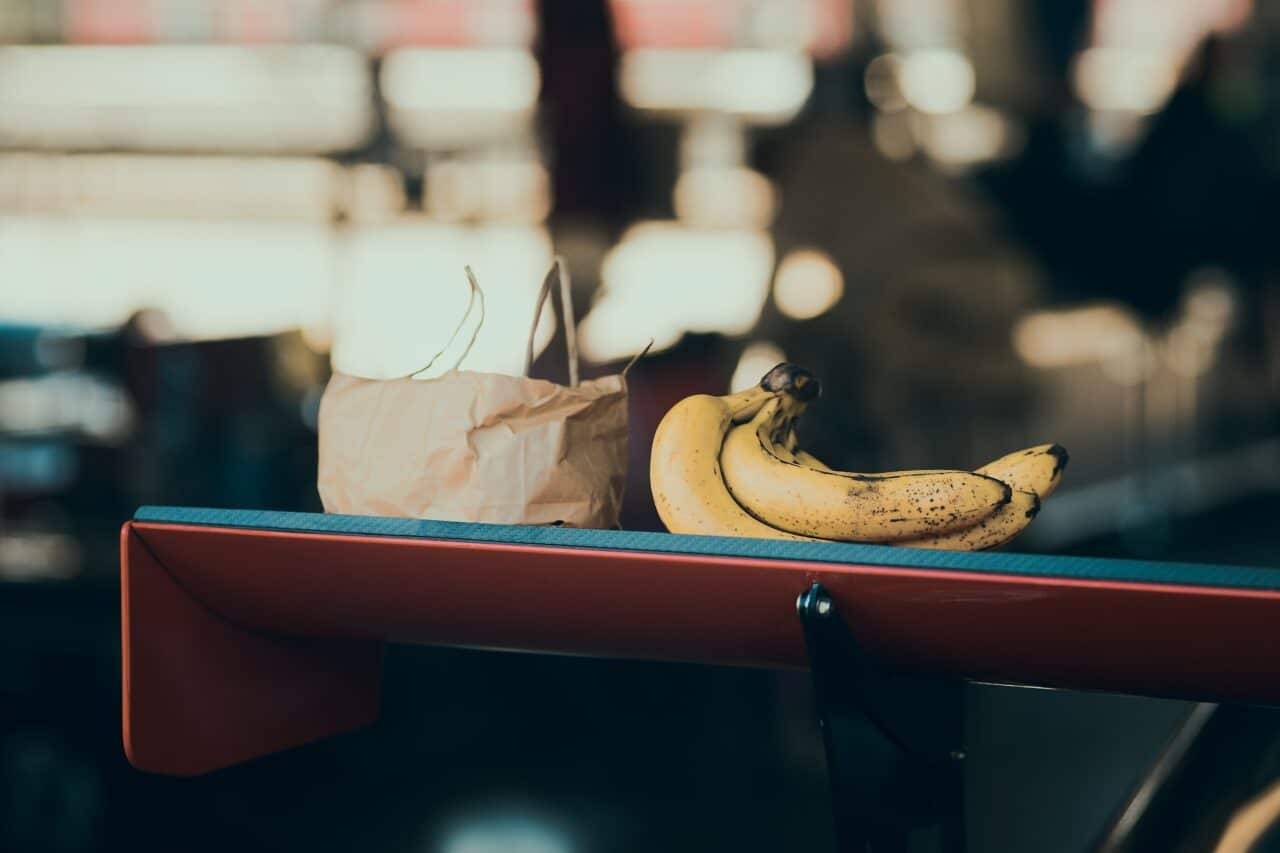Car Photography
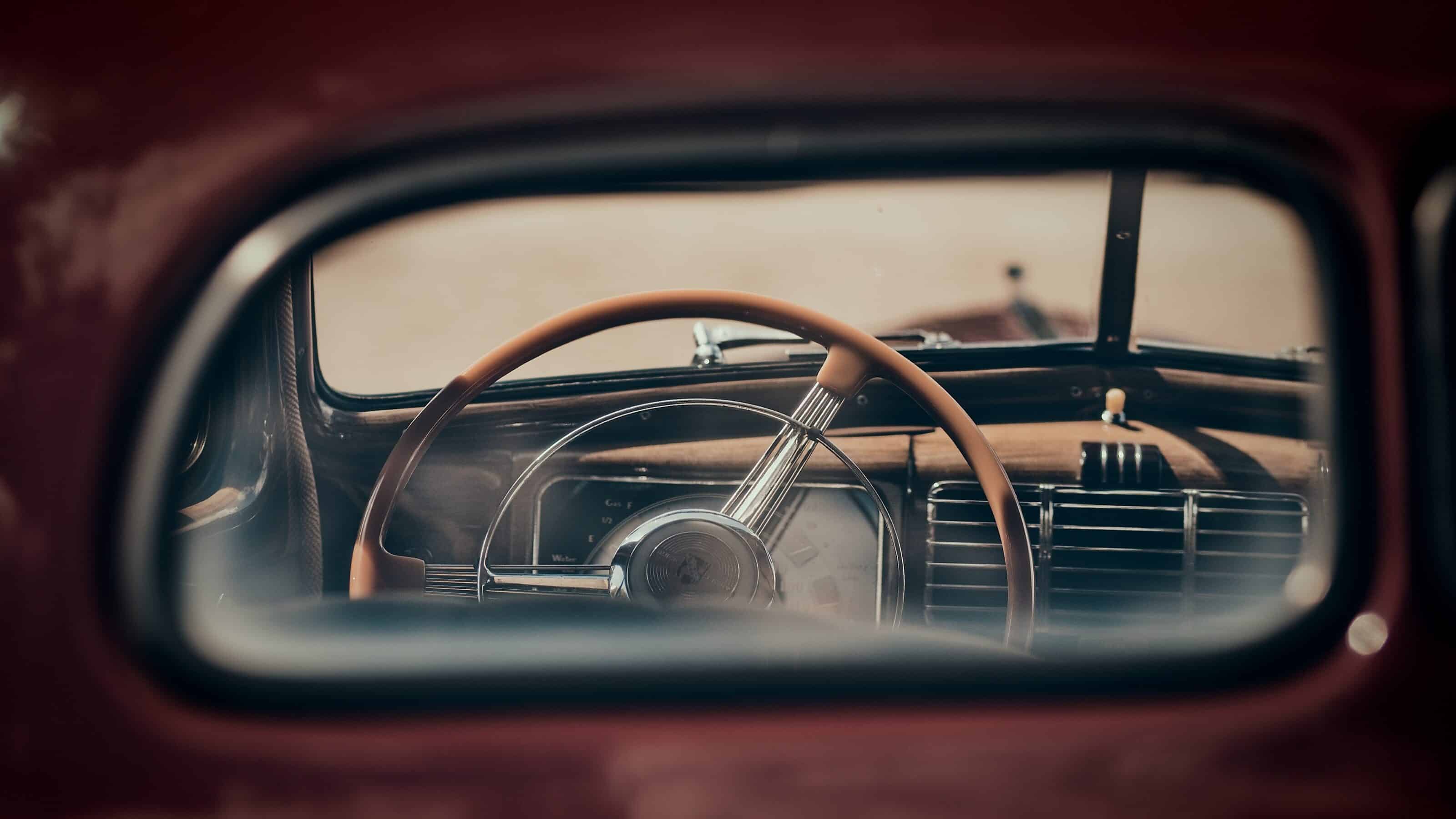
There are many reasons and ways to photograph cars and motorcycles. If you want to sell your used car, a good photo can increase your chances of actually selling it. You can also focus on lifestyle portraits with interesting cars, or capture the atmosphere of car races and events.
I focus on classic car photography—vintage cars, American cars, and the people associated with them. I do this all during meetups of classic car groups and events. In addition to admiring the beauty of these vehicles, these events are good opportunities to meet the proud owners and arrange individual photoshoots.
Automobile portraits
I’ll start with what I call automobile portraits. I take pictures of cars from the front, back, profile, and three-quarter view, usually while squatting to highlight the car’s body lines. I use a lens with a focal length of 50mm or longer, to avoid shape distortion. On rare occasions, I use a 35mm or 28mm focal length to incorporate the surroundings into the composition.
I keep the front wheels straight, or turn them so the rims stand out, because the wheels make the car. I focus on the headlights because they are the “eyes” of the car. The background also plays an important role. I am always sure to check for distractions in the background.
I am working on gradually building up a list of interesting locations for photoshoots. Some are industrial, others are more natural. An important factor is light. In my opinion, there’s no such thing as bad light, just a lack of creativity.

A basic piece of equipment I cannot do without is a polarizing filter to help eliminate glare.
If I don’t want to shoot using a tripod and stitch together multiple images, I have to account for glare on the rounded surfaces of the car’s body. Eliminating all glare is not realistic. The solution is to only eliminate unwanted glare. On the other hand, it’s a good idea to leave the glare that accentuates the car’s body lines. Moreover, if someone has taken the time and care to polish the car, it would be a mistake to eliminate these glossy effects completely.

Remove license plates using the handy Anonymization tool in the Develop module of Zoner Studio.
Details
Chrome grills, lights, mirrors, steering wheels, dashboards, seats, pedals. All of these are the defining traits of a make of car. Again, a polarizing filter with a longer focal length and shallow depth of field can help. I use the contrast of highlights and shadows to bring out interesting details.
If the final photo needs some more light, I use masks with curves, and adjustments to White Balance. I supplement full shots of the car with various close-ups. When there are a lot of people around, I focus solely on the details.
I also talk to the owners about what they find most interesting about a particular car. Some have special builds or own one of a few rare cars in the country.
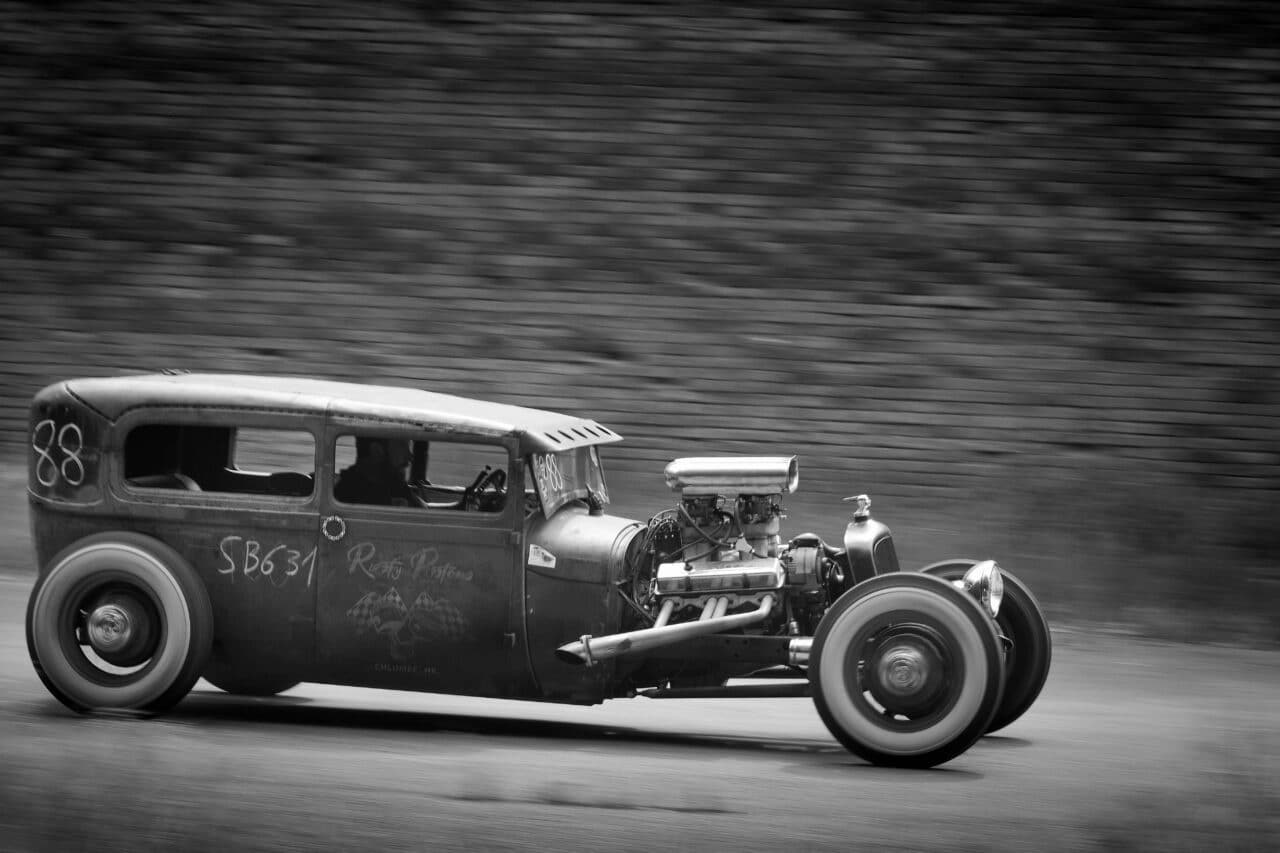
People and their cars
By combining a person and a car or motorcycle in a photograph, another layer and story is created. This is what captivates me most about photography. For car enthusiasts and “petrolheads,” their car or motorcycle is part of their lifestyle. I shoot portraits of drivers with their vehicles, close-ups, and when at races, I photograph the riders and mechanics at the pit stops.
At car and motorcycle races, I try to get as close as possible to the center of the action, the pit stop or the start line. This is easy to do at smaller club events. No accreditation is required and everything can be arranged on the spot. At these events, the driver is often also the mechanic. Again, I use a lens with a longer focal length and low f-number.
I would like to point out that when moving around cars, you need to be mindful of your safety and the safety of others. Constantly monitor the area around and behind you, and don’t stand in places where the car could go off the track.
You need to be prepared to escape quickly if there’s a crash. Most importantly, don’t enter the track. Doing so may result in a lifetime ban from that circuit. Also, never touch the cars without the owner’s permission, and keep an eye on your bag to avoid damaging the cars.
In closing
If something goes wrong, don’t worry. For every good picture, there are many mediocre or bad ones. With regular practice, the ratio of good photos increases. I get my inspiration from some of the best car photographers, like Amy Shore, Laurent Nivalle, and Bart Kuykens.
Each of them has their own unique approach to photography. Larry Chen also makes great YouTube videos on car photography. Remember that everyone always showcases their best work on social media, but the road to success is often full of obstacles and downfalls. Car photography is not just about taking good pictures, it’s about making new friends and meeting interesting people.
Check out more car photos in our gallery:
